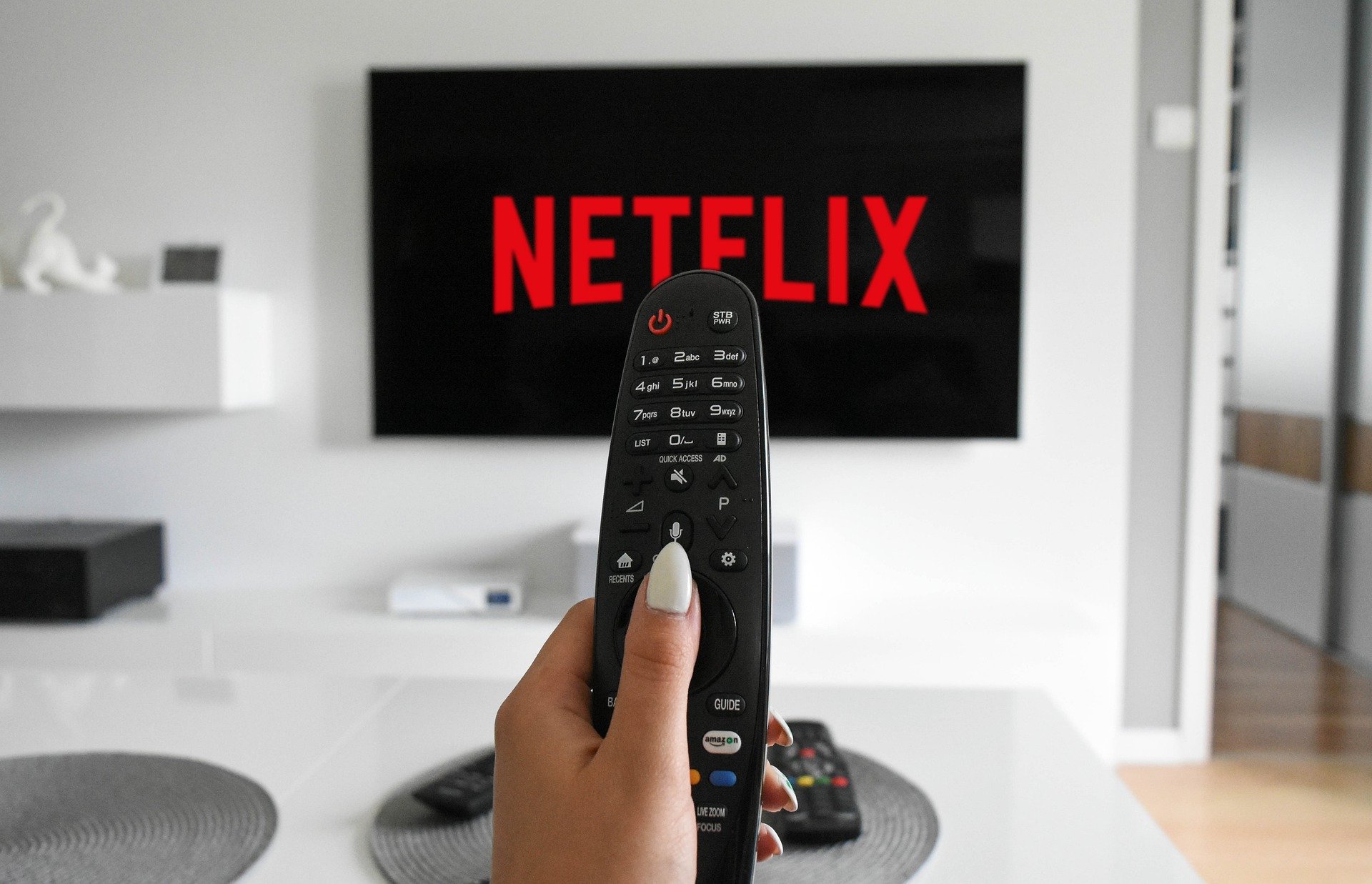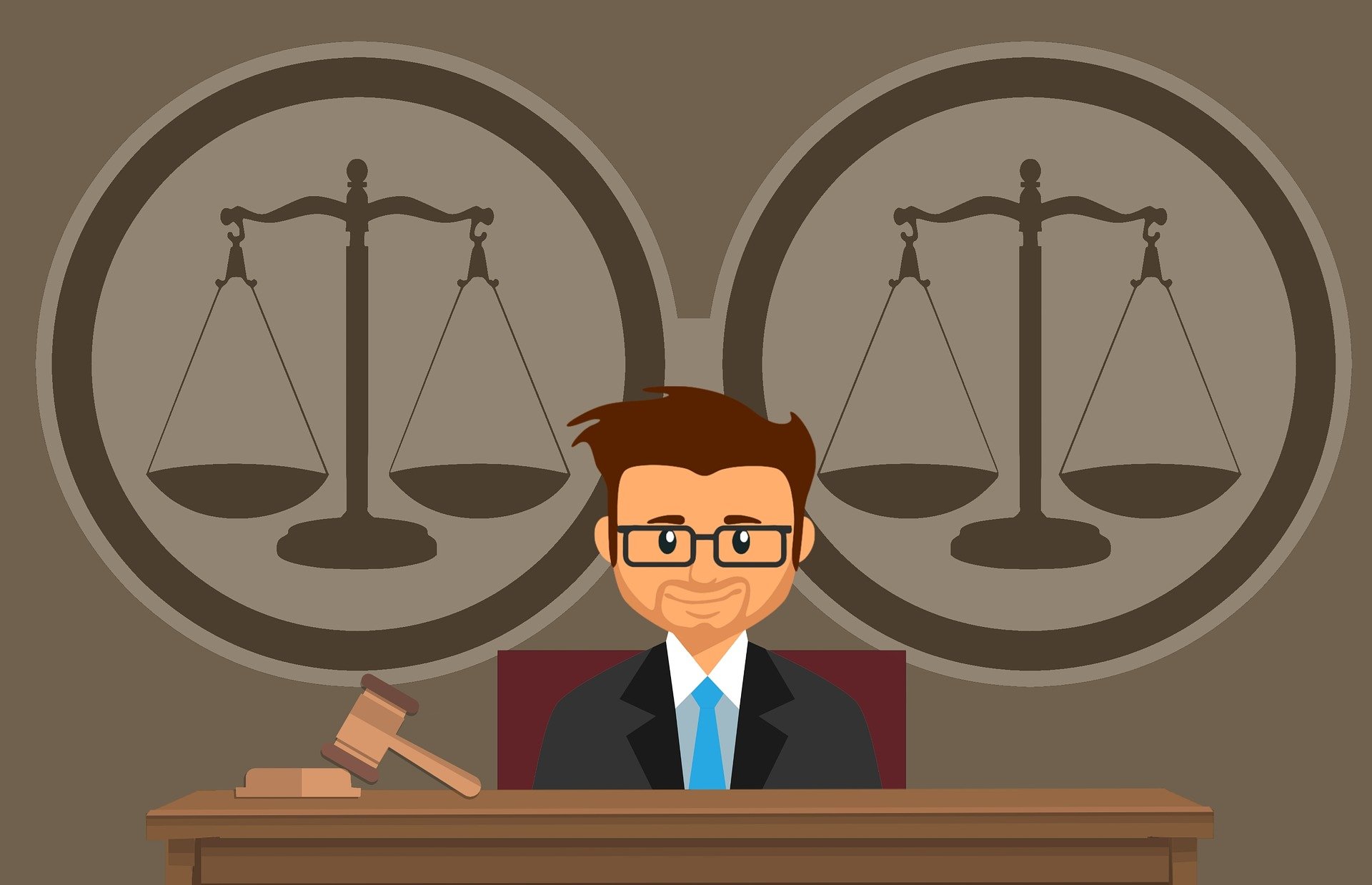What are the challenges of zombie trademarks?
 The protection of intangible assets as well as the efficient management of zombie trademarks or patents portfolio contribute to the proper development of a company and its business.
The protection of intangible assets as well as the efficient management of zombie trademarks or patents portfolio contribute to the proper development of a company and its business.
Building a reputation is the very goal of any brand. This reputation is normally attached in law to the sign and to the company that filed and operates it. However, in the context of zombie trademarks, the mark does not symbolize the reputation of the current owner but that of the original owner.
Indeed, these zombie trademarks are signs that have been abandoned but still have marketing potential, a reputation.
A zombie trademark presupposes an indisputable relinquishment, that is to say an abandonment both in fact and legally. It then falls into the public domain.
As long as a brand continues to be used and is renewed every ten years, it can exist perpetually, contrary to patents and the author’s economic rights. However, sometimes a company discontinues the use of some of these signs.
This abandonment can occur any time, whether while the filing is still under review or even when the sign has been in use for a long time. In terms of non-use, a sign is abandoned when a holder stops using it without the intention of resuming its operation, for five consecutive years according to Article L 714-5 of the French Code of Intellectual Property.
Although perpetually renewable, in practice the vast majority of brands have a limited lifespan. They are born and they die. However, it happens that some experience a different fate. They are resurrected.
As we can see with the zombie trademarks, abandonment doesn’t have to be permanent.
A company that has given up its rights to a trademark cannot normally prevent a newcomer from bringing a trademark “back from the dead”. Indeed, the disputed sign has returned to the public domain, which theoretically allows anyone to be able to dispose of it freely.
An abandoned trademark is in principle available to everyone.
In France, it is possible to take action against a so-called deceptive brand. Article L. 711-3 c) of the French Intellectual Property Code provides that signs “likely to deceive the public, in particular as to the nature, quality or geographical origin of the product or service” cannot be adopted as a trademark. The former owner also sometimes has the opportunity to initiate unfair and parasitic competition claims.
Resurrecting a brand can thus be of major asset for a company wishing to take advantage of the notoriety of a distinctive sign that has returned to the public domain. However, some of these marks are not legally neither quite dead, nor quite alive, and it is advisable to be very careful, given that the case law is still rare and uncertain on this subject.
Dreyfus is experienced in anticipating, securing and optimizing IP portfolios, which ultimately adds value to our clients’ businesses.
In order to offer our clients a unique expertise, necessary for the exploitation of intangible assets, we keep you informed about intellectual property and digital economy issues with our articles written by Dreyfus’ legal team.





 “Intellectual property was viewed with passion – and in a style steeped in pre-Romanticism! – as “the most sacred, the most legitimate, the most unassailable […], the most personal of properties”; “The least likely to be contested, the one whose increase can neither hurt republican equality, nor overshadow freedom,” said Patrick Tafforeau in his book Intellectual Property Law published in 2017.
“Intellectual property was viewed with passion – and in a style steeped in pre-Romanticism! – as “the most sacred, the most legitimate, the most unassailable […], the most personal of properties”; “The least likely to be contested, the one whose increase can neither hurt republican equality, nor overshadow freedom,” said Patrick Tafforeau in his book Intellectual Property Law published in 2017.


 On November 20, 2020, the Court of Appeal of Paris, condemned
On November 20, 2020, the Court of Appeal of Paris, condemned 

 Since the advent of the General Data Protection Regulations (GDPR), it has become really difficult to obtain information about the registrant of a domain name. This obviously complicates the dialogue between trademark and domain name holders.
Since the advent of the General Data Protection Regulations (GDPR), it has become really difficult to obtain information about the registrant of a domain name. This obviously complicates the dialogue between trademark and domain name holders.